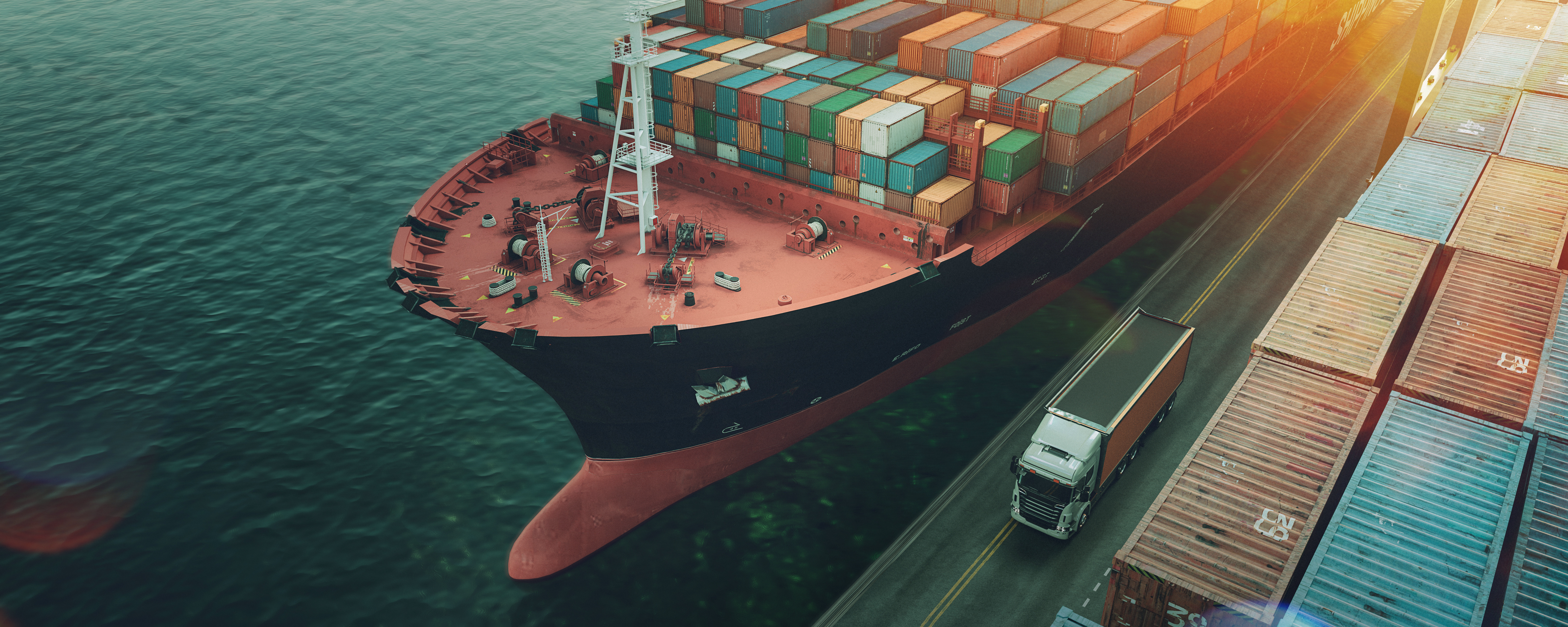Efficiency Meets Sustainability
We understand the critical balance between operational efficiency and environmental responsibility. Our product range includes eco-friendly options – designed to help you achieve your sustainability goals. Partner with Caldic for solutions that don't just comply with regulations but set new standards in maritime excellence.
Your Challenges, Our Innovative Solutions
The maritime industry faces stringent regulations and demands for operational efficiency and environmental sustainability. Caldic stands ready as your trusted partner, offering high-quality, tailor-made chemical solutions. Our expertise is your advantage, enabling your fleet to meet today's challenges and tomorrow's opportunities.
Tailor-Made Solutions for the Maritime Industry
Our comprehensive A to Z solutions cover every aspect of your chemical needs. From meticulous planning and communication to expert logistics, we ensure a seamless supply chain. Our strategic locations across Europe and beyond guarantee timely and efficient delivery, no matter where your operations take you.
Communication & Planning
With our all-inclusive approach, we don't just provide chemicals – we take care of all communication and logistics related to the supply of our products. This means that we take care of tracking ship arrivals and departures, and that we work directly with the vessels, the agents, the shipping terminal, and any other relevant parties. In short, we've got you covered.
Our team of experienced professionals is dedicated to providing personalized services to meet your unique needs and challenges. We pride ourselves on being a reliable and trustworthy partner that you can count on to deliver results.
Transport & Technical Capabilities
At Caldic, we take pride in our extensive transport capabilities, which allow us to supply our customers with the chemicals and solutions they need, no matter where they are located. From Antwerp to Zeebrugge, Rotterdam to Amsterdam, Flushing to Bremerhaven, we can deliver our products to a wide range of locations across Europe and beyond.
Nevertheless, we have a particular expertise and strong preference for the Amsterdam-Rotterdam-Antwerp (ARA) region, where we have a wealth of experience and a strong presence. With our extensive network of logistics and supply chain partners, we are able to deliver our products quickly and efficiently, ensuring that our customers receive the solutions they need when they need them. Whether you're located in the ARA region or beyond, you can trust Caldic to provide reliable and efficient transport services that meet your needs.
For our tank truck deliveries, our maximum height for delivery is 10 meters with a compressor and 20 meters with a pump. We have no restrictions on maximum length, although we recommend minimizing connections to reduce the risk of incidents. Our equipment is capable of delivering up to 2 bar with a compressor and up to 4 bar with a pump.
We understand that time is of the essence, which is why we can make up to four deliveries per day depending on the workload, and we're also available on weekends. Trust us to get your chemicals to where they need to be on time and with the highest level of quality and care.
Ready to Navigate Maritime Challenges Sustainably?
From scrubber chemicals to alternative fuels, our Maritime Chemical Solutions help your fleet reduce emissions, meet regulations, and power performance port to port.







